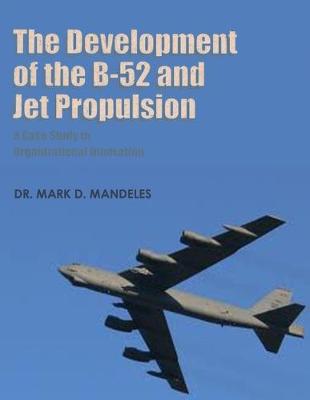The Braddock Expedition and Fox's Gap in Maryland
by Curtis L Older
Richard Fulton's Warrior Generation 1865-1885 fundamentally rethinks the efficacy of an institutional drive among influential middle-class opinion leaders to militarize lower-class boys in Victorian Britain. He contends that instead of engendering the desired cultural militarism, as has been commonly argued, their push had merely contributed to a fast-developing culture of adventure and masculinity. Challenging this popular assumption, Fulton carefully reexamines many of the oft cited touchston...
The German Fokker E.V was a parasol-monoplane fighter aircraft, designed by Reinhold Platz. It entered into service with the Luftstreitkräfte in the last few months of World War I, yet after several fatal accidents due to wing failures, the E.V. was modified and re-designated as the Fokker D.VIII. Dubbed the Flying Razor by Allied pilots, the D.VIII had the distinction of scoring the last aerial victory of the war. This is a detailed, illustrated review of both aircraft, covering all modifica...
The French Revolutionary and Napoleonic Wars were the first truly global conflicts. The Royal Navy was a key player in the wider wars and, for Britain, the key factor in her eventual emergence as the only naval power capable of sustained global hegemony. The most iconic battles of any era were fought at sea during these years - from the Battle of the Nile in 1798 to Nelson's momentous victory at Trafalgar in October 1805. In this period, the Navy had reached a peak of efficiency and was unrival...
The Development of the B-52 and Jet Propulsion - A Case Study in Organizational Innovation
by Mark D Mandeles
"Uncharitable Mischief": Barbarity & Excess in the British Civil Wars
by Charles S. Singleton
We tend to think of citizenship as something that is either offered or denied by a state. Modern history teaches otherwise. Reimagining citizenship as a legal spectrum along which individuals can travel, Extraterritorial Dreams explores the history of Ottoman Jews who sought, acquired, were denied or stripped of citizenship in Europe in the late nineteenth and early twentieth centuries-as the Ottoman Empire retracted and new states were born-in order to ask larger questions about the nature of c...
What lights the spark that ignites a revolution? Lost in the story of America's path to independence is the tumultuous nature of that nation's origins: the interplay of ideologies and personalities that provoked a group of merchants, farmers, artisans, and sailors to take up arms in pursuit of liberty ...A city of 15,000 inhabitants packed onto a land-connected island a little over one square mile, Boston in 1775 was also - following a series of incendiary incidents by patriotic citizens and tro...
Despatches, Letters and Diary of Vice-Admiral Lord Viscount Horatio Nelson
by Viscount Horatio Nelson Nelson
The Second Scottish War of Independence began in 1332, only four years after the previous conflict had ended. Fought once more for the continued freedom of Scotland from English conquest, the war also witnessed a revival of Scottish civil conflict as the Bruce-Balliol fight for the Scottish crown recommenced once more. Breaking out sporadically until peace was agreed in 1357, the Second Scottish War is a conflict that resides still in the shadow of that which preceded it: compared to the wars of...
Intelligence Images from the Eastern Front (Looking Down on War)
by Roy M. Stanley
Despite the Luftwaffe being ordered to destroy millions of aerial photos in 1945, the Allies found no less than twenty tons of photos in eleven locations, including a hoard in a Bavarian barn. These together with vast numbers of photographs taken by German soldiers used for Intelligence analysis were put into classified Allied Intelligence files at a time when USAAF and RAF imagery was being destroyed. Covering Iron Curtain countries they were valuable for cartography and target intelligence du...



















